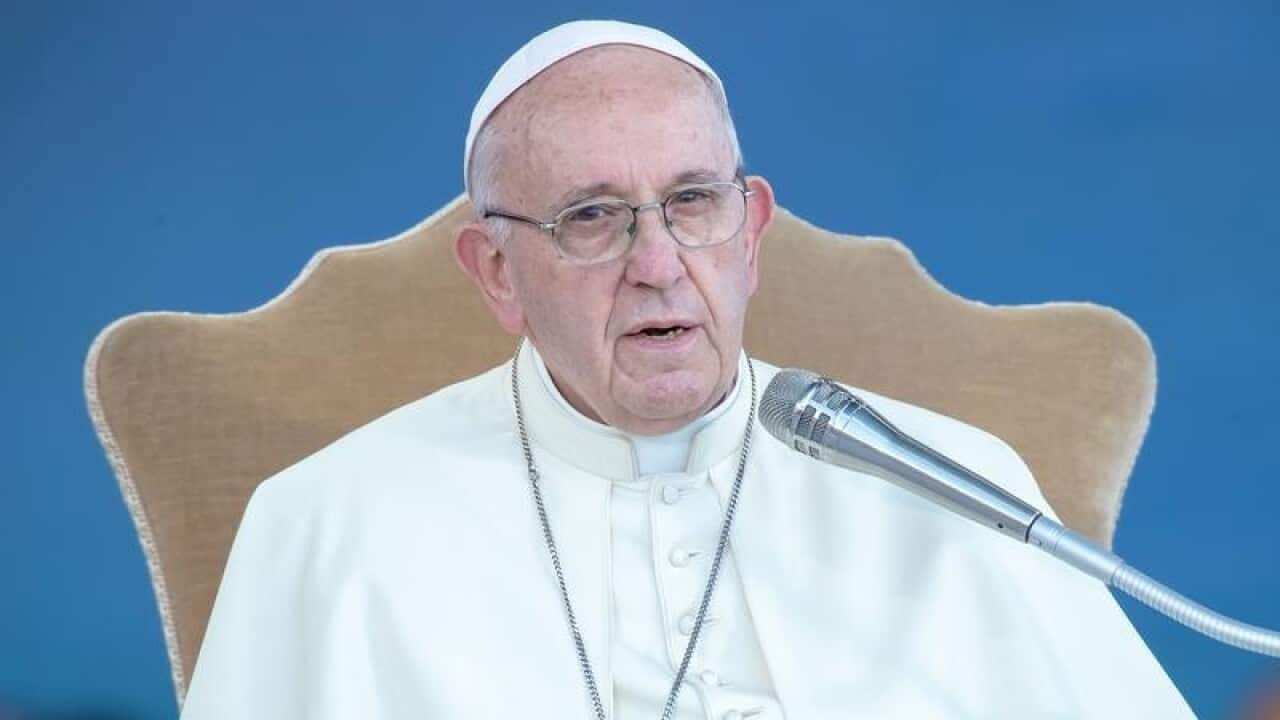Matt Talbot, a Dubliner who died in 1925, was a man with a drinking problem. Now, he is on his way to sainthood.
On Saturday, Pope Francis will pay tribute to him, but not by raising a glass.
Francis will instead pray before the relics of the man sometimes called the “holy drinker” and who is known as the patron of those struggling to get or stay on the wagon.
Born into a poor Dublin family of 12 children and the son of a violent alcoholic father, Talbot himself began drinking heavily at the age of 12 when he worked for a wine merchant.

Engraving on the status of Matt Talbot reading: Matt Talbot 1856 - 1925 Source: Reuters
According to one account, he once pawned his boots in order to buy a pint at a pub.
With the help of a priest, he lifted his elbow for the last time when he was 28, vowed to stop drinking, and did not touch a drop until he died of a heart attack in 1925 at the age of 69.
He became a devout believer, going to Mass often and practising penitential rites, such as keeping a small chain around his leg. He became a temperance campaigner.
With the help of a philosophy professor, he read scriptures and the writings of saints and eventually became a member of a lay branch of the Franciscans.

The pope has condemned the "atrocities" revealed in a sweeping grand jury report into US clerical child sex abuse. Source: AAP
One of the bridges that cross the River Liffey is named after him, as are many addiction clinics around the world. A statue of Talbot stands near the bridge.
“Never go too hard on the man who can’t give up drink. It is as hard to give up drink as it is to raise the dead to life again,” he was quoted as saying, adding that both feats were possible with help from God.
In 1931, the bishop of Dublin began looking more closely at his life with the aim of seeing if a diocesan procedure to make him a saint could be started.
t was and in 1975, Pope Paul issued a decree recognising Talbot’s “heroic virtues,” giving him the title “venerable,” one of the early steps that can lead to sainthood.
For the sainthood cause to move forward, the Church would have to attribute a miracle to Talbot.
The Church teaches that God performs miracles but that saints who are believed to be with God in heaven intercede on behalf of people who pray to them.
A miracle is usually the medically inexplicable healing of someone.


